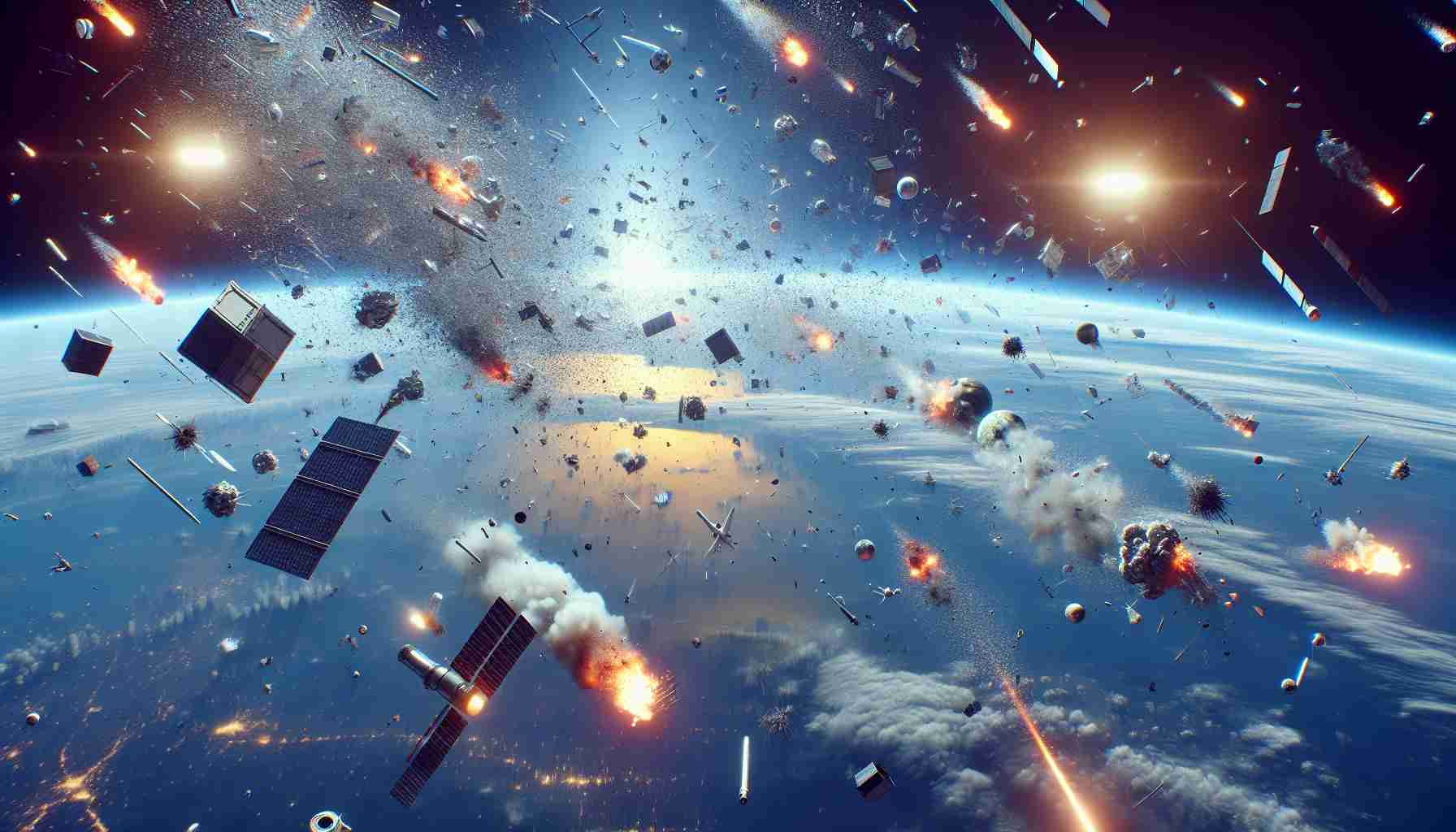- Uncontrolled space debris reentries pose a significant threat to aviation safety.
- There is an increasing likelihood of debris reentries, particularly in busy airspaces, with a 26% annual chance in densely populated regions.
- Recent incidents, like the SpaceX Starship 7 mishap, highlight the need for regulatory action to manage air traffic safety.
- Authorities face a dilemma between closing airspace for safety and keeping it open to avoid economic impacts.
- Controlled reentries into the ocean could reduce risks, but thousands of rocket bodies currently orbit Earth complicate the situation.
- Proactive measures and vigilance are essential to mitigate the potential dangers of falling space debris.
Uncontrolled space debris reentries are turning into a serious concern for aviation safety. Imagine the remnants of rockets tumbling back toward Earth and potentially colliding with airborne aircraft. While the odds of a strike are low, the aftermath could be disastrous.
A recent incident involving SpaceX’s Starship 7, which lost control during a launch and scattered debris over the Atlantic, has pushed regulators like the FAA to take action. As debris rained down near the Turks and Caicos Islands, air traffic was temporarily halted or rerouted, leaving planes low on fuel circling the skies in uncertainty.
Research from Canadian scientists reveals that the likelihood of uncontrolled debris reentries is increasing, with significant risks particularly in busy airspaces like the Northeastern United States. A staggering 26% chance of a reentry event occurs in such dense regions each year. This grim statistic comes alongside the necessity for national authorities to consider airspace closures, a measure that could harm both safety and the economy.
Experts highlight a cruel dilemma for authorities: to close the skies, ensuring safety, or to keep them open, risking accidents. Controlled reentries into the ocean for all missions could mitigate this risk—but with over 2,300 rocket bodies already in orbit, aviation safety may face turbulent times ahead.
As our skies become more congested, the balance between safety and economic impact remains a daunting challenge. Vigilance and proactive measures are essential to avoid potential catastrophic consequences from falling space debris.
Is our airspace at risk? Navigating the threat of space debris to aviation safety
Space Debris and Aviation Safety: An Increasing Concern
Recent events have underscored the rising threat of uncontrolled space debris reentries, particularly with regard to aviation safety. As launching vehicles become more prevalent, the risk of debris colliding with aircraft is becoming a pressing issue.
Key Insights on Space Debris and Aviation:
1. Increasing Frequency of Reentries: Research indicates that the frequency of uncontrolled debris reentries is on the rise. Busy airspaces, especially in densely populated areas like the Northeastern United States, face a 26% chance of a reentry event annually.
2. Regulatory Responses: Organizations such as the FAA are beginning to take action as incidents like SpaceX’s Starship 7 debris fall illustrate potential hazards. Regulatory measures may include airspace closures, which have ramifications for both aviation safety and economic activity.
3. Risk Mitigation Strategies: Experts advocate for controlled reentries into unpopulated ocean areas as a solution to minimize risks associated with falling debris. This strategy could significantly decrease potential collisions with aircraft.
Frequently Asked Questions
1. What are the potential consequences of debris falling near or colliding with aircraft?
The consequences of falling debris can be catastrophic, potentially resulting in significant damage to an aircraft, loss of life, and severe economic implications for airlines and related industries.
2. How can authorities balance aviation safety and economic impact?
Authorities face a difficult decision: either enforce airspace closures to protect against potential debris threats or maintain open skies to avoid economic disruptions. This balance requires ongoing dialogue between regulatory bodies, the aviation industry, and space organizations.
3. What technological innovations are being explored to address issues of space debris?
Innovations such as automated tracking systems for debris, enhanced propulsion systems for debris removal, and international agreements for responsible satellite launches and deorbiting practices are being discussed as ways to mitigate the risks associated with space debris.
Conclusion
The growing threat of space debris reentries presents a unique challenge to aviation safety and regulatory authorities. As we continue to advance in space exploration, understanding and managing the risks associated with space debris becomes more crucial than ever.
For further information on space safety and aviation regulations, check out FAA and Nasa.















